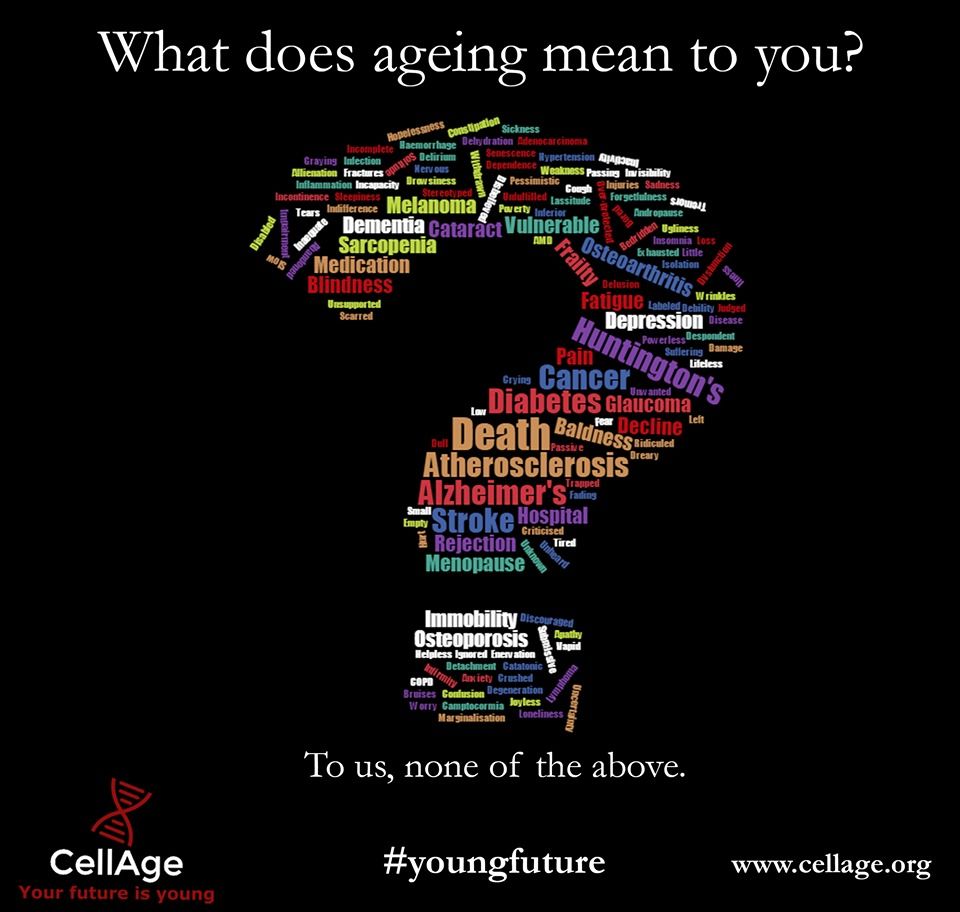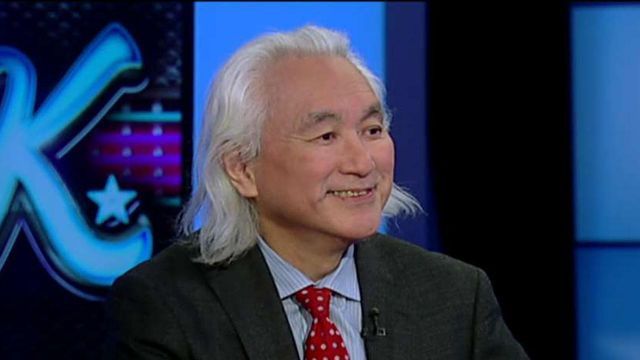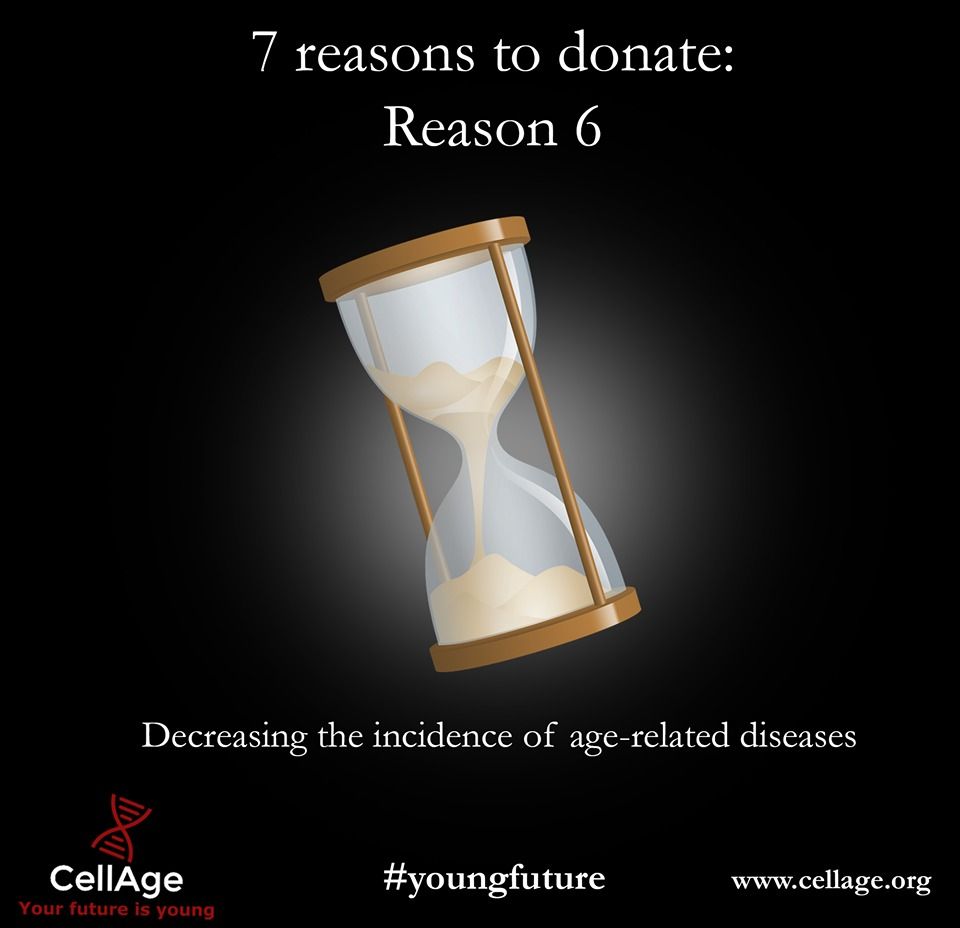I figured they would post it themselves but I got too excited and decided to spread it around.
The Lifeboat Foundation is a nonprofit organization devoted to encouraging the promotion and advancement of science while helping develop strategies to survive existential risks and the possible abuse of technology. They are interested in biotechnology, nanotechnology, robotics and AI and fostering the safe and responsible use of these powerful new technologies. The Life Preserver program is aligned with our mission to promote and develop rejuvenation biotechnology capable of combating age-related diseases.
We believe that a bright future awaits mankind and support the ethical and safe use of new medical technologies being developed today, thus we consider the goals of the Lifeboat Foundation to be compatible with ours and are pleased to move forward with them in official collaboration. As part of our commitment to the ethical progress of medical science LEAF promotes scientific research and learning via our crowdfunding website Lifespan.io and our educational hub at the LEAF website. A number of LEAF board members are already on the Scientific Advisory board for the Lifeboat Foundation and we look forward to working closely with them in the coming year.
With the first rejuvenation biotechnologies now arriving, such as Unity Biotechnology senolytic therapies that directly address one of the causes of aging entering human clinical trials soon, it is a very exciting time for medical science.






